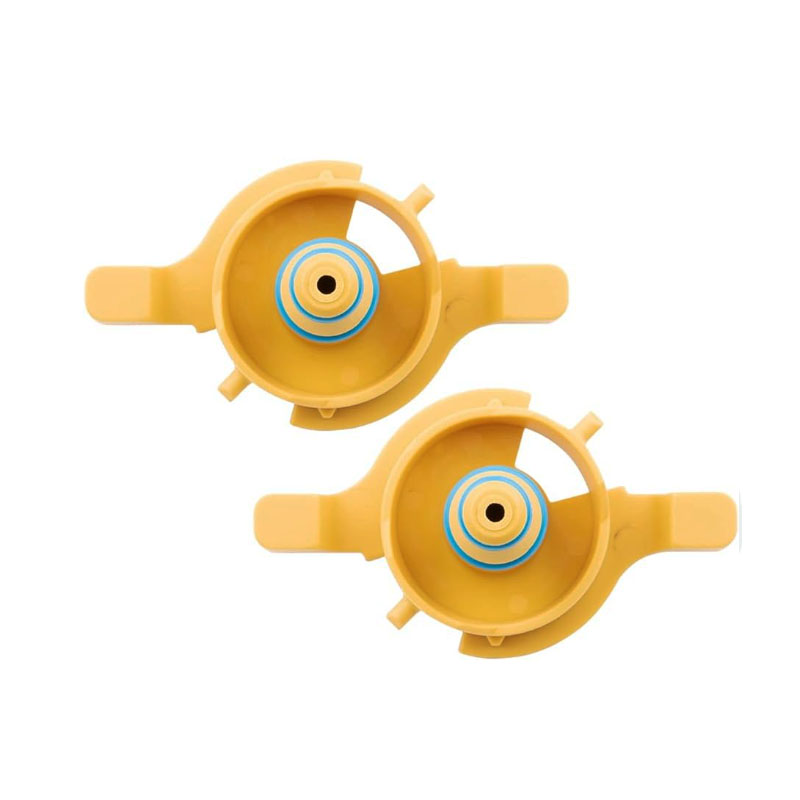rear crankshaft seal
Understanding the Rear Crankshaft Seal
The rear crankshaft seal is a crucial component in an internal combustion engine, serving the essential function of preventing engine oil from leaking out where the crankshaft exits the engine block. This seal is situated at the back of the crankshaft and plays a vital role in maintaining the overall health and longevity of the engine.
Importance of the Rear Crankshaft Seal
One of the primary reasons the rear crankshaft seal is so important is that it ensures a tight closure between the engine block and the rotating crankshaft. Without this seal, not only would engine oil begin to leak out, but contaminants and dirt could also enter the engine, potentially leading to greater damage over time. Oil leaks can result in decreased lubrication to critical moving parts, increasing wear and leading to premature engine failure.
Common Symptoms of Failure
Like many engine components, the rear crankshaft seal can wear out over time
. Some common symptoms of a failing rear crankshaft seal include oil spots under the vehicle, a noticeable decrease in engine oil levels, or increased engine noise due to insufficient lubrication. In some instances, drivers may also notice a burning oil smell, which occurs when oil leaks onto hot engine parts. If any of these signs are observed, it’s essential to address the issue promptly to avoid more extensive and costly repairs.rear crankshaft seal

Replacement Process
Replacing a rear crankshaft seal typically requires significant labor, as the process often involves disassembling parts of the engine. Mechanics will generally need to remove the transmission to access the rear of the engine. Once accessible, the old seal can be removed, and the new seal installed. It’s vital that the new seal is installed correctly to ensure a proper fit and function, as a misalignment can lead to future leaks.
Maintenance Tips
To prolong the life of the rear crankshaft seal, regular maintenance checks of the engine oil levels and condition are crucial. Using high-quality oil and changing it at recommended intervals helps maintain seal integrity. Moreover, addressing any leaks or symptoms of wear promptly can prevent more significant damage, ensuring that the engine remains in optimal working condition.
Conclusion
In summary, the rear crankshaft seal is a small but vital component that affects the performance and longevity of the engine. Understanding its role and recognizing the signs of potential failure can help vehicle owners take proactive measures to maintain their engine health. Regular maintenance and timely replacements can save both time and money, resulting in a smoother and more efficient driving experience.
-
Understanding the Front Main Engine Seal: Purpose, Maintenance, and Installation
News Jul.29,2025
-
Understanding O-Rings and Seal Rings: Types, Applications, and Custom Solutions
News Jul.29,2025
-
Understanding Crankshaft Oil Seals: Rear Seals, Pulley Seals, and Their Role in Engine Integrity
News Jul.29,2025
-
The Importance of Front and Rear Crankshaft Seals in Engine Performance and Oil Management
News Jul.29,2025
-
Crank Oil Seals: Functions, Types, and Cost Considerations in Engine Maintenance
News Jul.29,2025
-
A Comprehensive Guide to O-Rings and Seals: Types, Materials, and Global Applications
News Jul.29,2025
-
Mastering Diesel and Performance Engine Maintenance: A Guide to Critical Oil Gaskets
News Jul.28,2025
Products categories















